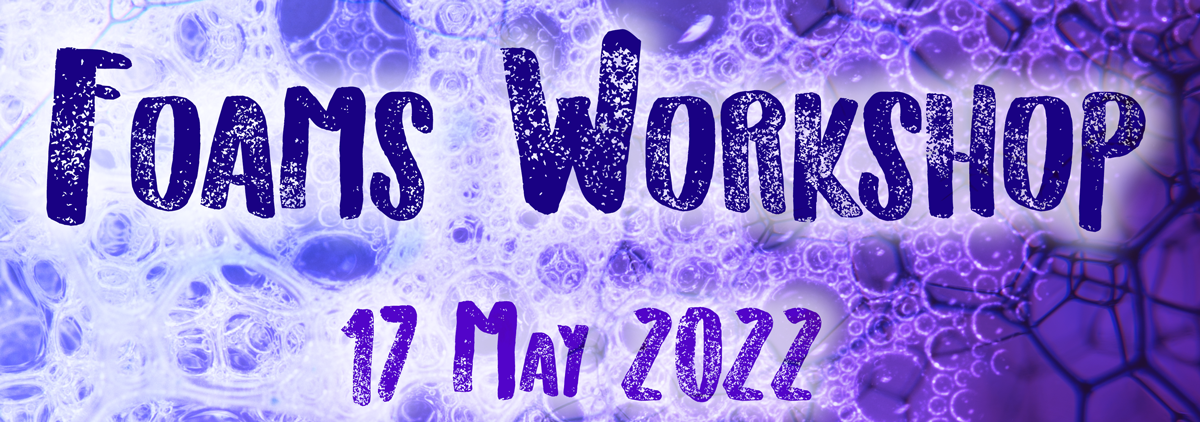Speaker
Description
Liquid foams are dispersions of gas bubbles in close contact inside a liquid phase. They
are found in various industrial applications including food, cosmetics, oil recovery, or soil
remediation. They belong to the class of soft glassy materials that are known to exhibit
peculiar rheological behaviors, like nonlinear and non-local dynamics [Goyon et al., Nature (2008)], due to plastic rearrangements mechanisms at the scale of the microstructure, here the bubbles. If some mechanisms have been identified in simulation [Evans et al., Phys. Rev. Lett. (2013)], there is no experimental validation up to now for 3D foams. In fact, foams are highly dispersive to optical wavelengths and are challenging to image in 3D. Recently, fast X-ray microscopic tomography has succeeded in extracting both the deformation and displacement fields of bubbles while flowing around an obstacle [Raufaste et al., EPL (2015)], which opens new opportunities for studying 3D liquid foam rheology.
We will mostly present 3D foam flows through a hopper, e.g. an hourglass-like constriction. Monodisperse bubbles, 300 μm in diameter, were produced by a microfluidic setup, and pushed through a hopper. For each experiment, high-resolution tomograms are recorded every 0.214 s for 10 s. Each tomogram covers a volume of 5.9 × 5.9 × 5.3 mm^3 with a voxel edge length of 2.92 μm. We will present the specific 3D image analysis novel tools developed to reconstruct the
geometry of the bubbles from raw tomograms. Bubble displacement and deformations maps
will be shown. Velocity fields will be compared to the ones of simple models to understand the interplay between the bubble deformations and the macroscopic flow; in particular, we
will show that our new analysis tools unravel nontrivial effects at the constriction exit. Fi-
nally, we will present how plastic events can be tracked in such systems in order to study in
a near future how they relax stress in their vicinity or on a larger scale.
We will also present preliminary observations of very promising recent experiments of foams subjected to a rheometric flow in a plate-plate rheometer while 3D imaged in real time at the TOMCAT facility.

